Long Drive Spray Complete Information
Long Drive Spray is a local anesthetic used to temporarily numb certain areas of the body. It is used as an anesthetic lubricant to insert instruments in the human body for medical procedures (e.g., catheters). It is also used for the treatment of symptoms of painful inflammation of the urethra and bladder.
The most common side effects of this medicine include redness, rash, burning, and itching at the site of application. These are usually mild and short-lived. Consult your doctor if any of the side effects persist or worry you.
Before using it, tell your doctor if you have liver disease or are taking medicines for heart rhythm problems. Although medicines used on the skin are not normally affected by other medicines you should let your doctor know if you are taking any other medicines to be safe. Ask your healthcare team for advice if you are pregnant or breastfeeding.
USES OF LONG DRIVE SPRAY
BENEFITS OF LONG DRIVE SPRAY
In Local anesthesia (Numb tissues in a specific area)
It is also used in procedures requiring the insertion of a tube into your mouth, which can otherwise be uncomfortable and even painful. Lidocaine can be applied to the surface of the tube before it is inserted. This will both lubricate the tube and give an anesthetic effect, making the procedure more comfortable.
SIDE EFFECTS OF LONG DRIVE SPRAY
- Allergic reaction
- Application site reactions (burning, irritation, itching and redness)
HOW TO USE LONG DRIVE SPRAY
HOW LONG DRIVE SPRAY WORKS
SAFETY ADVICE
Quick tips
- Long Drive Spray is prescribed to relieve itching and pain caused by scrapes, burns, rashes, bites and eczema.
- Apply it over the affected area with a clean fingertip, three to four times a day or as directed by your doctor.
- Do not apply it to broken or infected areas of skin, face, eyes or eyelids unless instructed to by your doctor.
- Do not cover the area being treated with airtight dressings such as bandages unless directed by a doctor, as this may increase the risk of side effects.
- Avoid contact with eyes, mouth, and nose. In case of accidental contact, rinse thoroughly with water.
-
Consult your doctor if your skin condition has not improved after 2-4 weeks of treatment.
- Inform your doctor if you are pregnant, planning pregnancy or breastfeeding.

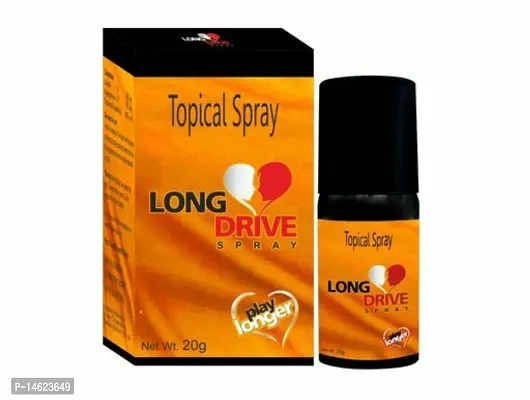
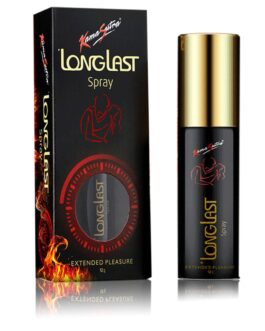
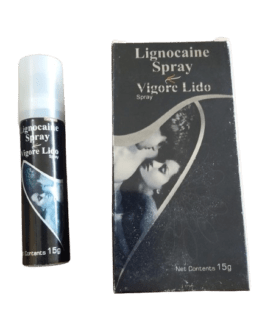
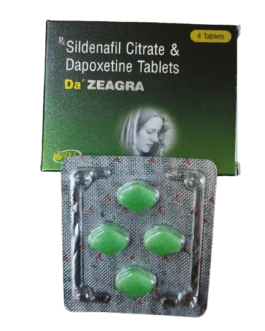
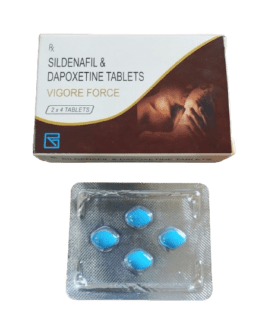

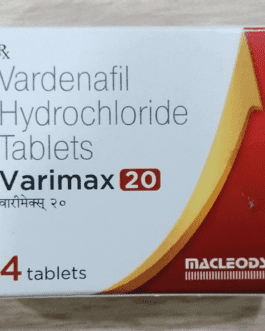
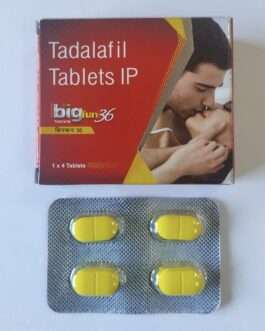
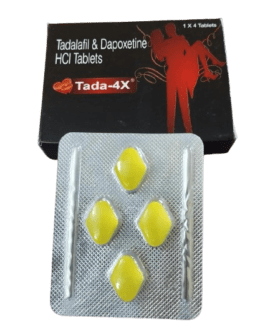
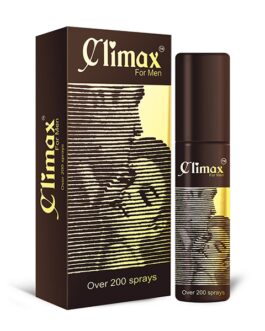
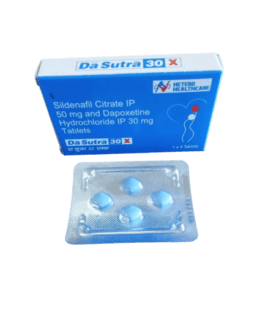

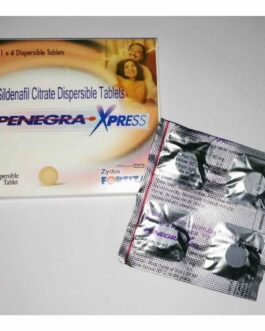
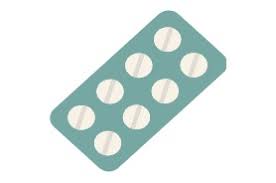
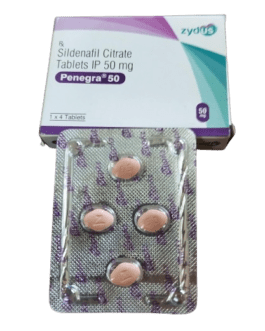
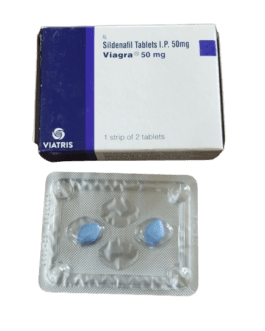
Reviews
There are no reviews yet.